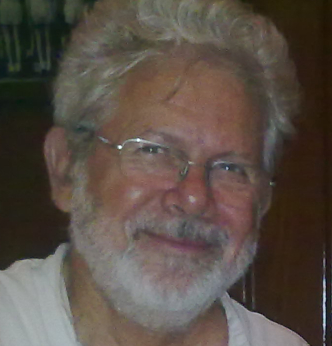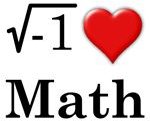
I attended the winter school “From classical to quantum GR: applications to black holes” at the University of Sussex. The school was for three days over the 16th, 17th and 18th of January 2013.
The school was organised within the COST action black holes in a violent universe MP0905. You can find out more about the action here. The local organiser was Dr Xavier Calmet, who did a good job.
The school covered a mixture of theoretical physics, phenomenology and observational astronomy. The program consisted of reviews of general relativity, quantum gravity, astroparticle physics and black hole physics. The main emphasis of the lectures was on how to probe new gravitational effects using colliders and astrophysical observations.

Image courtesy of NASA (concept drawing)
Due to the wide range of speakers, the level and tone of the lectures was kept informal. Indeed, a large proportion of the audience were PhD and masters students. from my point of view the level of the lectures was right, black hole physics is not my area of expertise.
Overall I enjoyed the school and the friendly atmosphere at Sussex.
The lectures
The lectures were for 3 hours, broken up into two parts. That sounds quite monstrous, but the pedagogical nature of the talks tempered this. The quality of the lectures was very high.
The speakers were
- David Champion (Max-Planck-Institut fuer Radioastronomie)
- Panagiota Kanti (University of Ioannina)
- Claus Kiefer (Universitaet zu Koeln)
- Iossif Papadakis (University of Crete)
- Eram Rizvi (Queen Mary, University of London)
- Elizabeth Winstanley (University of Sheffield)
A timetable of the lectures can be found here.
I believe slides will be available at some point. I will link to them in due course.

Simulated view of a black hole in front of the Large Magellanic Cloud.
Snow
Heavy snow fell on the Friday, so the winter school really did feel like a winter school!
Funding
The main source of funding was the COST action. You can find out more about COST here.
Further financial support was given by the Institute of Physics and in particular from its High Energy Particle Physics group and Mathematical and Theoretical Physics Group.
COST
COST, “European Cooperation in Science and Technology”, is an intergovernmental framework for European Cooperation in Science and Technology, allowing the coordination of nationally-funded research on a European level.
Find out more here.
Links
COST action black holes in a violent universe MP0905
Theoretical Particle Physics group at Sussex




